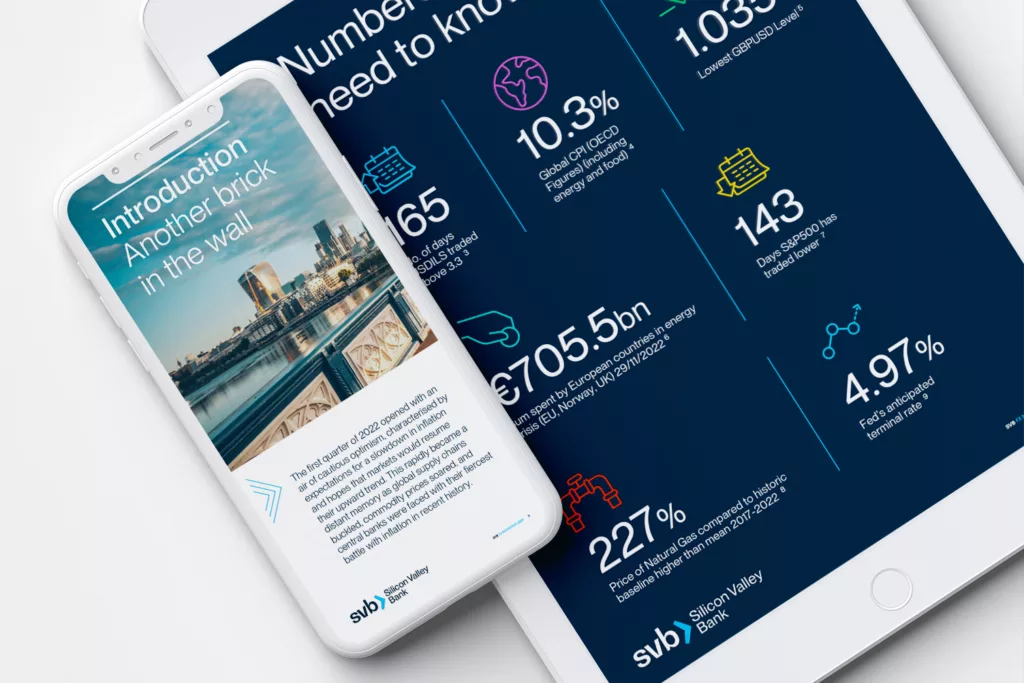Planning your `thought leadership strategy
Although thought leadership is essentially sharing knowledge for free, there is, almost always, a purpose behind it. Whether big brands admit it, thought leadership is marketing, designed to build relationships and ultimately generate sales. With that in mind, the planning process, as with all marketing content, is essential.
These tips put you on the right footing from the very beginning of your strategy.
1
Think about your goals – Why are you creating thought leadership materials?
Before starting any marketing strategy, it’s essential to understand why you are creating this content. Be honest here. While the initial answer may be an altruistic desire to share knowledge, most of the time, they’ll be a more revenue-based motive behind the decision.
Is that an aspiration to increase traffic to your site? Is it a lead gen tactic? Is it to raise brand awareness? Once you know your commercial and business aims, you can set measurable goals that will underpin the entire strategy.
2
Understand your target audience – Who are you creating thought leadership for?
Knowing who your target audience is will influence the approach you take to content creation. Although there are likely to be multiple stakeholders to whom you wish to appeal, our experience has shown that it is best to focus your content towards one audience. With decisions made across the board, it’s hard to know who to target, although the C-suite is a good starting point.
Remember though, that while these individuals have influence, they are rarely the decision-makers – that could be a manager one or two rungs down the ladder.
3
Generate content ideas – What are you going to produce?
Because of the need for expertise, write thought leadership on a topic on which you can add insight and a useful opinion. There’s already a lot of information in the world, and a lot of it is superficial. To stand out from existing content or voices, you need to have something unique to say. Without an original angle or new data to take the conversation forward, your reader will not be engaged. At best this will be a waste of time and resource for you, at worst it may negatively affect opinions about your company.
The content must also align with your goals and target audience. Think about what questions your target audience is asking online. Consider future trends in your industry. Or react to a current news story that will interest your audience. By giving an insightful opinion you’re in a great position to benefit from a heap of search traffic.
There are many things on which to base your leadership. But as a rule of thumb, follow content marketing fundamentals by creating content that is relevant and timely, and you won’t go far wrong.
4
Learn from your competitors
Your competitors are also a useful source of content ideas. Follow their output to discover what they think is important to talk about. Learn what their opinions are on current news stories and trends in your marketplace. And discover opportunities where you have something new to contribute.
Conversely, you may have opinions on topics that are not part of their conversation. This could be another opportunity. Answering the questions executives are asking while your competitors are not could be the move that gets you the sale over them.
5
Create relevant and in-depth content
When creating content, it’s essential to catch the reader’s attention. Having picked a topic you are knowledgeable about, how you present it is vital to its success. One of the best ways to communicate your message effectively is through storytelling.
Good storytelling is a skill, and it is essential for a successful piece of thought leadership. It strengthens your ability to influence your audience, engaging them in a way that otherwise wouldn’t be possible. By telling stories, your content will be unique and more memorable.
On top of the messaging, how you layout the report is essential; research shows that uninspiring visual execution is the second most common reason thought leadership fails.
To ensure you avoid the most common design pitfalls, read our blog: ‘Thought leadership design pointers’











